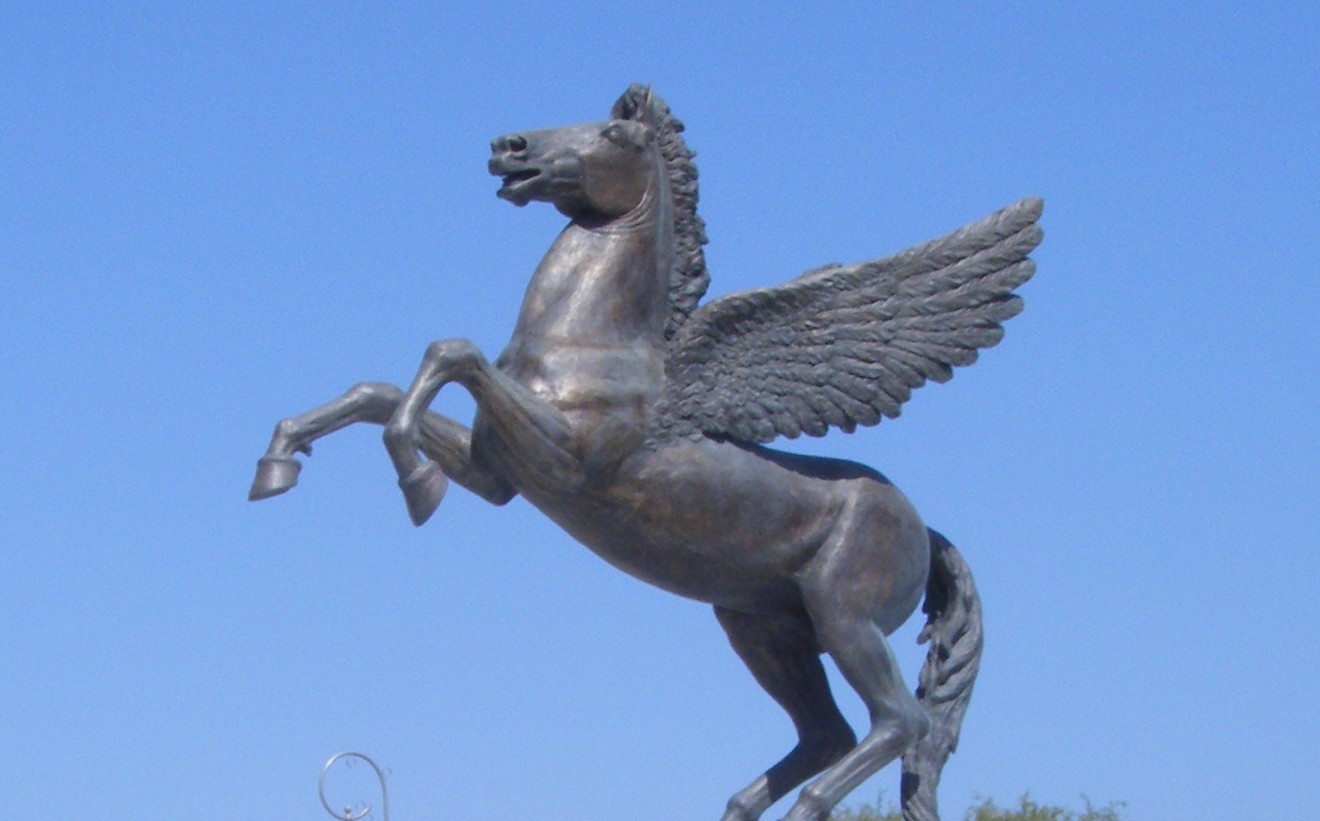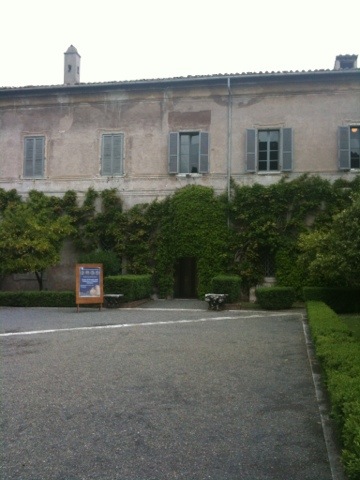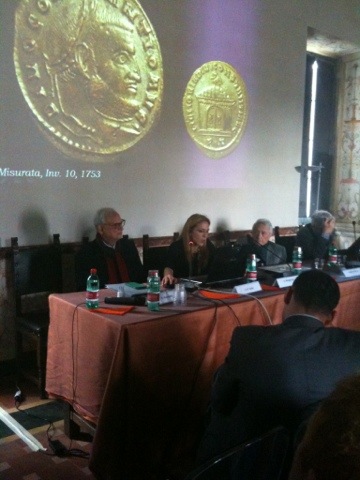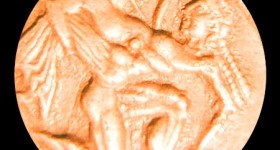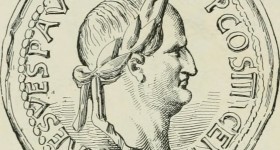Misurata Hoard
I am bloging from cloudy Rome, where I participated in the Conference on the infamous MIsurata Hoard. The hoard comes from the wider area of Misurata in Libya and consists of around 107.000 low denomination coins. The last coin in the hoard is dated in 333 AD. During the conference we came to the conlcusion that this is a unique, one of its kind hoard. And yet, it can be compared with other finds from northern Africa, Italy, even the Balkans.
Most of the papers focused on the circulation of coinage in the Late Antique Roman Empire (or shall I say Empires?). I was especially interested in the results of Dr. V. Drost on Le Monnayage de Maxence, who came to the conclusion that during Maxentius North Africa and Italy presented a closed currency system. The results of PhD. researcher G. Malingue were even more exciting. He attempted to reconstruct the circulation of coinage in North Africa (based on his database that covers the entire Mediterranean basin) giving a unified picture to the audience, even though there are individual characteristics for each circulation pool within the empire.
I should also mention the work of Dr. S. Santangelo who listed, so far, 67.000 coins and presented a paper with the rarest of them. The database of the coins is not yet for public consumption but I hope that, in the future, the team will receive permission from the Libyan government to present it in an Open Access form.
Most importantly, a fierce debate broke out regarding the nature of the hoard. Prof. S. Garrafo and Prof. J.-P. Callu supported the hypothesis that the hoard belonged to the State, that it was buried in an area of the cursus publicus (on the move) and that all of the people who knew about its existence died suddenly. On the other camp, I supported the idea that the hoard belonged to a banker, that only part of it has been recovered, that it was supposed to be immobilised for a long period of time and that its sole owner died suddenly. I had strong indications towards this direction, so Prof. E. Lo Cascio and Prof. D. Castrizio were very kind to support my views.
For more details you will have to wait until the publication is out. Prof. Salvatore Garrafo who will also be the editor promised to complete the volume in the speediest of manners. And I believe him!
Otherwise, the conference was great! I met some extremely interesting young scholars as well as some of the oldest professors of numismatics. The food was excellent and the accommodation so convenient that I decided to extend my stay for another three days. I own a big thank you to the people of the Istituto Nazionale di Studi Romani for their friendliness and hospitality.
